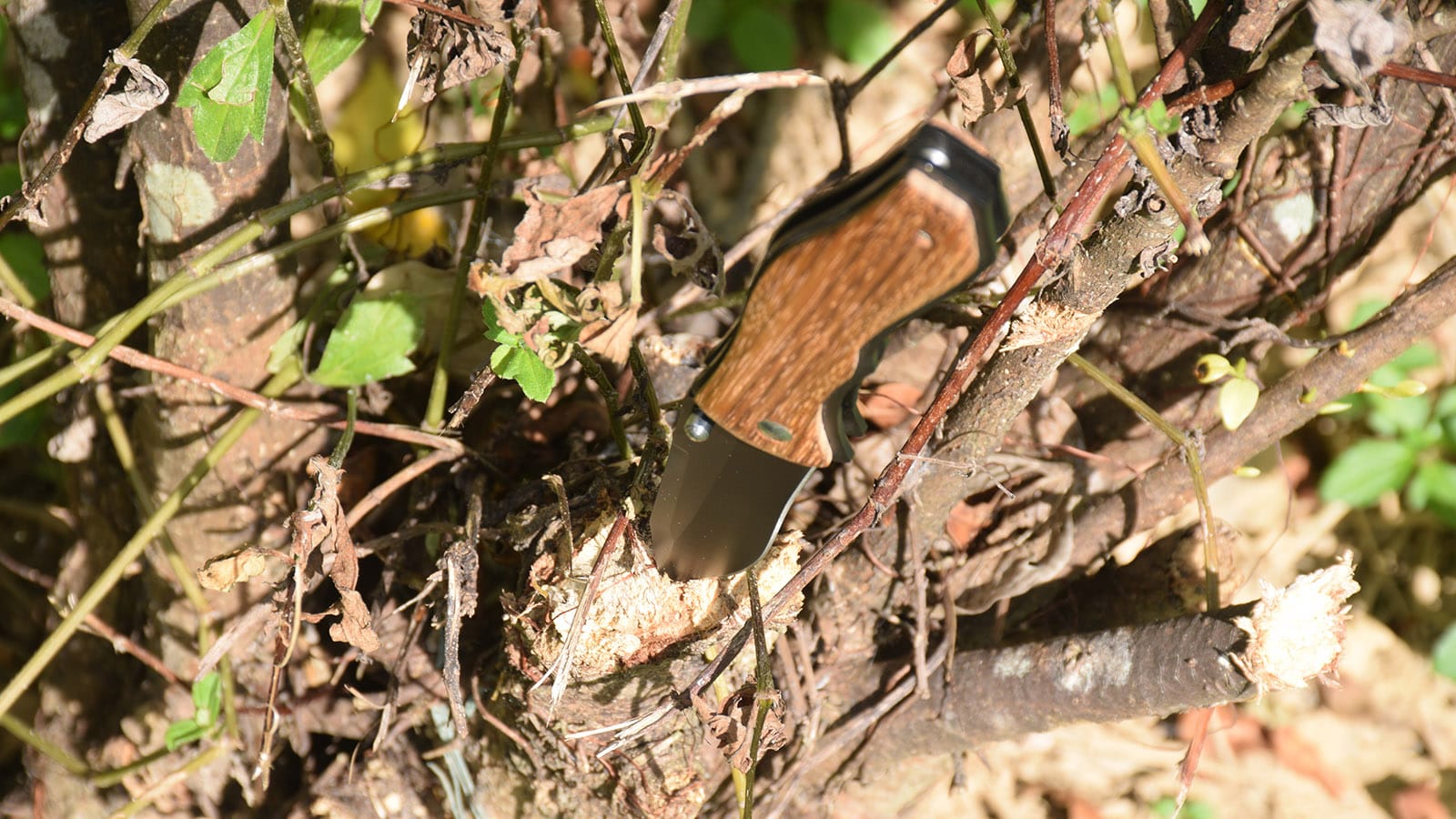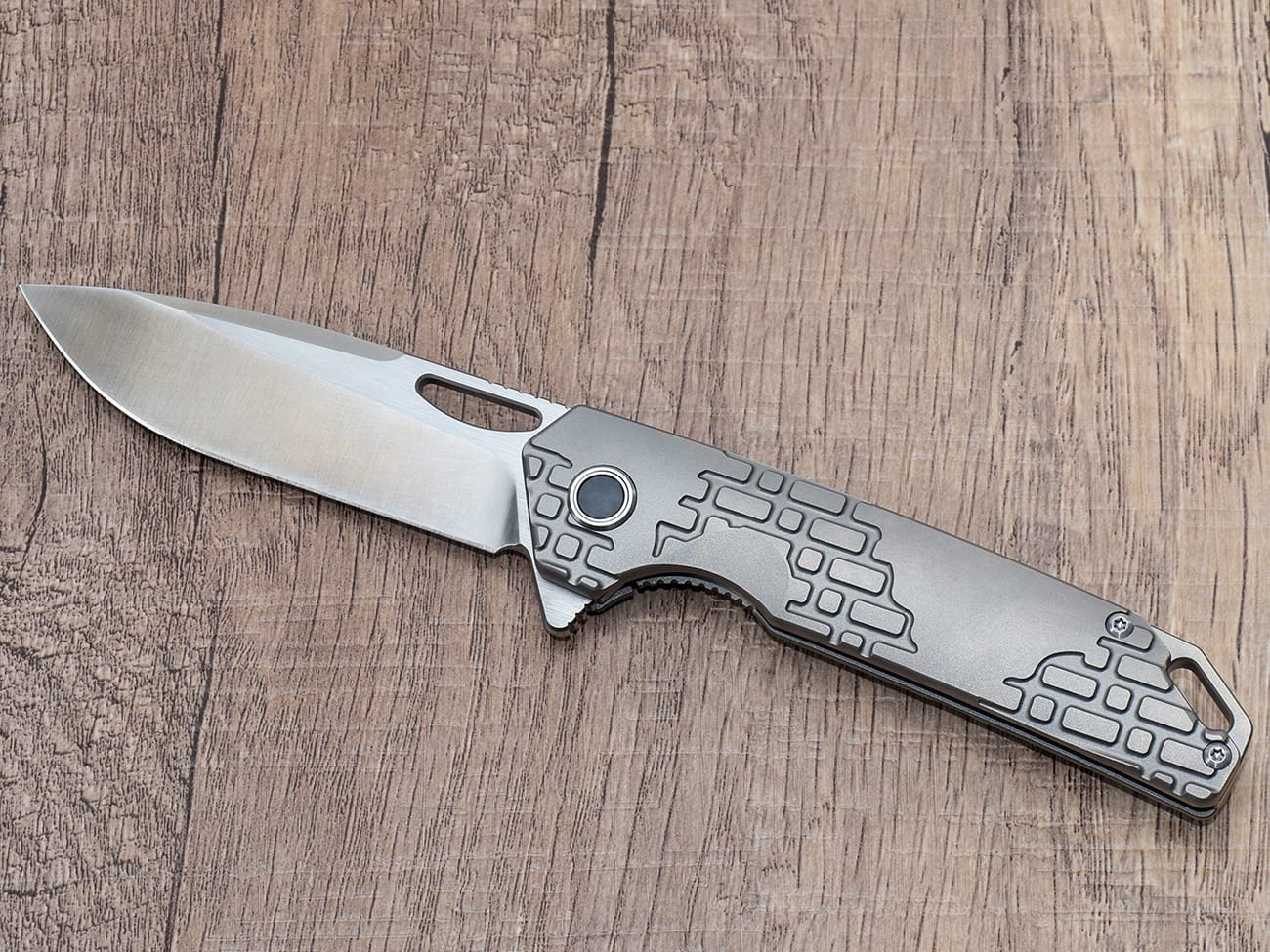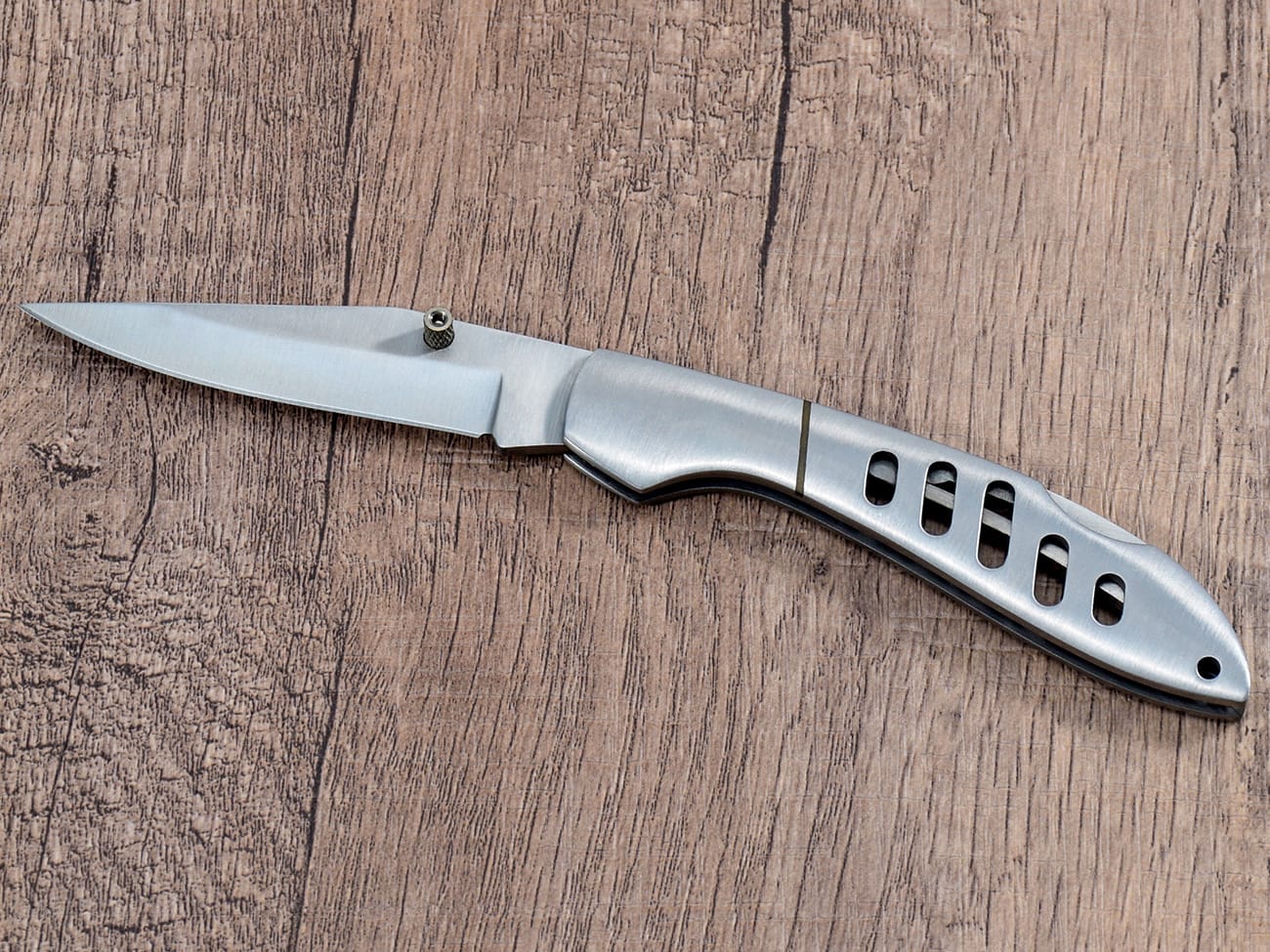Are you frustrated with rust spots on your favorite knife? Whether it’s a pocket knife or a kitchen blade, rust can compromise both the appearance and functionality of your cutting tools. This comprehensive guide will show you how to effectively remove rust using baking soda, a safe and readily available household ingredient. Learn proven techniques to restore your knives to their former glory and prevent future rust formation.
What Causes Knives to Rust?
Rust formation on stainless steel blades occurs when iron in the metal reacts with oxygen and moisture in the air. This chemical reaction creates iron oxide, or rust. Several factors can accelerate this process:
- High humidity environments
- Improper drying after use
- Salt exposure
- Acidic food residue
- Poor storage conditions
Is Baking Soda Safe for Knife Cleaning?
Yes, baking soda is an excellent natural rust remover for knives. Its mild abrasive properties and alkaline nature make it effective at breaking down rust without damaging the metal surface. Unlike harsh chemical cleaners, baking soda is:
- Non-toxic and food-safe
- Gentle on blade materials
- Environmentally friendly
- Cost-effective
- Readily available
Unable to render image
How to Make a Baking Soda Paste for Rust Removal
Creating the right consistency is crucial for effective rust removal. Here’s how to prepare your baking soda paste:
- Mix 2-3 tablespoons of baking soda with water
- Add water gradually until you achieve a thick paste
- Ensure the mixture is spreadable but not too runny
- Make enough to cover all rusted areas
Step-by-Step Rust Removal Process
Follow these detailed steps to remove rust from your knife blade:
- Clean the knife thoroughly
- Apply the baking soda paste
- Let it sit for 15-20 minutes
- Scrub gently with a soft brush
- Rinse and dry completely
- Repeat if necessary
What Tools Do You Need?
Gather these materials before starting:
- Baking soda
- Clean water
- Soft brush or sponge
- Clean cloths
- Protective gloves
- Small bowl for mixing
- Mineral oil (for after-treatment)

Dealing with Stubborn Rust Spots
For particularly stubborn rust, try these enhanced techniques:
- Extend soaking time to 30 minutes
- Use slightly more abrasive scrubbing tools
- Add white vinegar to the paste
- Consider using a rust eraser for tough spots
How to Prevent Future Rust Formation
Protect your EDC knife from future rust by following these preventive measures:
- Dry thoroughly after each use
- Apply a thin coat of mineral oil
- Store in a dry environment
- Use silica gel packets in storage
- Clean immediately after exposure to moisture
Alternative Natural Rust Removal Methods
While baking soda is effective, other household items can also help remove rust:
- Potato (contains oxalic acid)
- White vinegar
- Lemon juice
- Salt paste
- Onion (natural acids)
When to Seek Professional Help
Know when to consult a professional knife maintenance service:
- Deep rust penetration
- Valuable or antique knives
- Structural damage concerns
- Failed DIY attempts
Key Points to Remember
- Always test on a small area first
- Never use harsh chemicals
- Maintain gentle pressure when scrubbing
- Complete drying is crucial
- Regular maintenance prevents rust
- Store knives properly
Summary Bullet Points:
- Baking soda is a safe, effective rust remover
- Proper paste consistency is crucial for success
- Gentle scrubbing prevents blade damage
- Prevention is better than cure
- Regular maintenance extends knife life
- Professional help for severe cases
This comprehensive guide gives you all the tools and knowledge needed to tackle rust on your knives effectively. Remember that proper care and maintenance of your custom pocket knife will prevent rust formation and extend its lifespan significantly.




